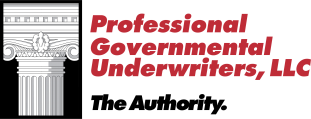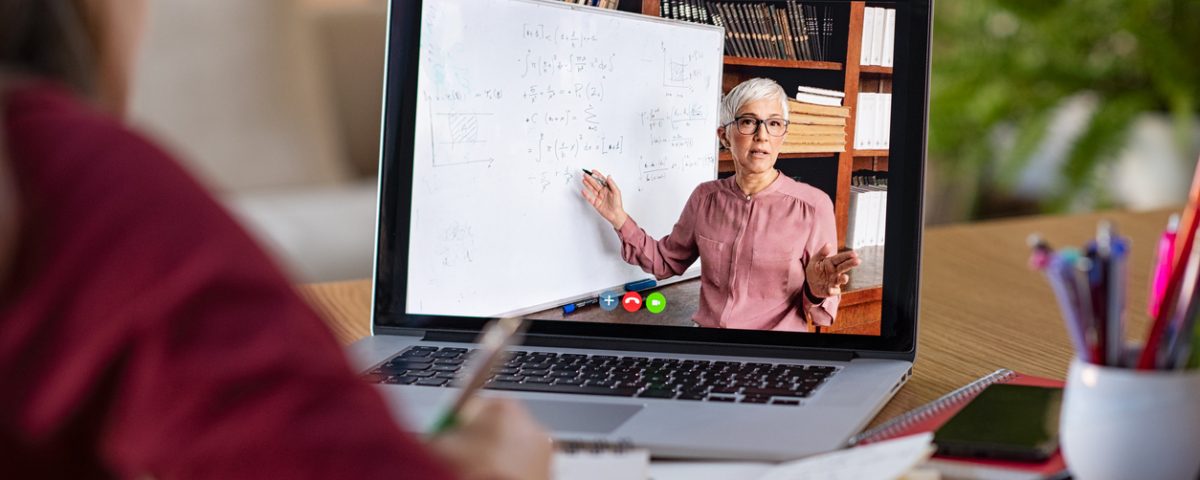How Charter Schools Have Adapted to Remote Teaching

Steps to Run a Successful Fundraising Campaign
August 31, 2020
Management Practices for Charter Schools
September 14, 2020How Charter Schools Have Adapted to Remote Teaching
As public schools throughout the United States have started to reopen to a mixture of remote learning and in-person classes, some of the country’s top charter schools and networks have made changes to bring the classroom to the cloud.
With the spread of COVID-19 this past spring, which brought school systems throughout the U.S. to a close, charter schools have had to rethink traditional teaching environments. But how are they doing it? From real-time online classes to having regular check-in sessions between teacher and student, charter schools are working hard at adapting to this new normal.
Prioritizing Progress Monitoring
One way charter schools have seen a level of success in adapting to remote teaching and learning is through monitoring student progress. By holding frequent one-on-one check-ins between students and teachers, assigning and grading student work, and using digital resources that enable monitoring in real-time, charter schools have been able to stay on top of progress and attendance.
Some charter schools are requiring teachers to serve as advisers who build relationships with groups of students and help them figure out academic and behavior issues, connect with resources, or even apply to college. Some advisers meet with students virtually through platforms like Skype, Microsoft Teams, and Zoom. This includes one-on-one meetings to regular classroom instruction through synchronous learning.
Serving Students Remotely
Some charter schools are shifting school practices to adapt to online learning. First, school days have structure and outlines, but allow teachers more flexibility than bell schedules. Next, teachers are delegating tasks and taking care of what they can on their own in a virtual setting; essentially prioritizing what’s more important that day. And lastly, collaboration extends throughout school sites for content teams and grade levels.
School systems have been filtering in virtual lessons or resources for public and charter schools for years now, especially with resources like BlackBoard serving as templates. But now, charter schools are depending heavily on pre-recorded lessons that are shared throughout a charter’s network. Teachers can record themselves for practice lessons, allowing students to access them later.
These schools are also acting communally, having one teacher lead synchronous lessons for an entire grade, while others check in with students, grade assignments, and prepare for other classes. These offline tasks are more flexible for instructors with other responsibilities, such as home life.
Driving Better Remote Learning Moving Forward
Charter schools have more flexibility than public school districts to try out different strategies and think up new ideas to test. But even with this flexibility, the trial and error approach to remote learning still needs to be tweaked and monitored.
Some questions that have come up are: What could students and teachers do differently with their time, given this new learning environment? How can teachers strengthen student-to-student learning and student collaboration?
This unprecedented disruption in charter schools’ teaching and learning structures requires novel solutions and plenty of experimenting. No one knows exactly the right path, but through better technological solutions and shared ideas of communal learning, charter schools can continue to see positive results.
About PGUI
Professional Governmental Underwriters, Inc., is a full-service risk management company dedicated to assisting public, educational and non-profit entities in the management of their professional liability exposures including educators liability insurance. We are dedicated to providing state-of-the-art professional underwriting management and loss control advisory services on behalf of our designated carriers. For more information, call us toll-free at (800) 586-6502.


